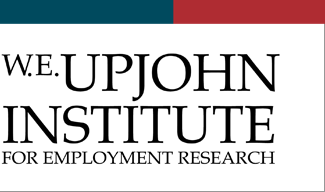Publication Date
1-1-2011
DOI
10.17848/9780880994019
Abstract
This book is a case study of how New York City's welfare-to-work programs were managed and implemented in the mid 2000s. Feldman also analyzes the unique characteristics that differentiate it from other programs in place across the country.
Files
Download Full Text (4.5 MB)
ISBN
9780880993760 (cloth) ; 9780880993753 (pbk.) ; 9780880994019 (ebook)
Subject Areas
UNEMPLOYMENT, DISABILITY, and INCOME SUPPORT PROGRAMS; Poverty and income support; Income support programs; WORKFORCE DEVELOPMENT; Public training programs; Welfare to work
Citation
Feldman, Andrew R. 2011. What Works in Work-First Welfare: Designing and Managing Employment Programs in New York City. Kalamazoo, MI: W.E. Upjohn Institute for Employment Research. https://doi.org/10.17848/9780880994019
Creative Commons License

This work is licensed under a Creative Commons Attribution-NonCommercial-Share Alike 4.0 International License.



Contents
Foreword by Mary Jo Bane
1. Introduction
2. Welfare to Work in New York City
Part 1: Shared Strategic Elements among Work-First Employment Programs
3.. Creating a Spirit of Partnership
4. Getting Participants Job Ready
5. Making Good Job Matches
6. Promoting Employment Retention
Part 2: Differences in Organizational Practices among Work-First Employment Programs
7. Different Practices among Programs
8. Different Practices among Program Types
Part 3: Explaining Performance Differences among Work-First Employment Programs
9. What Works within Work-First?
10. Nonprofits and For-Profits: A Closer Look
11. The Role of Management and Leadership
12. Why Programs Choose Suboptimal Practices
Appendix A-Methodology
Appendix B-Using Guided Job Search
Appendix C-Chapter 9 Regression Results